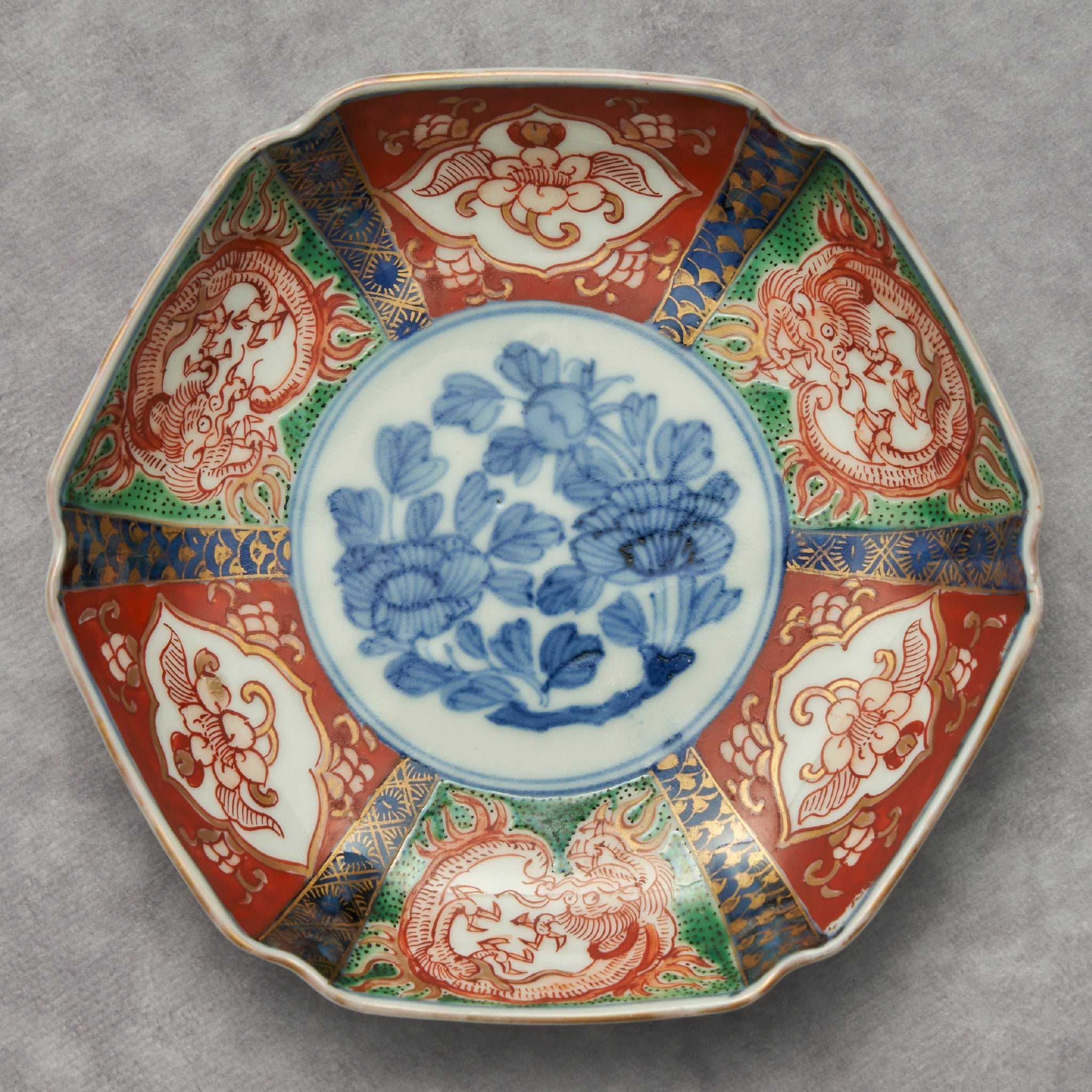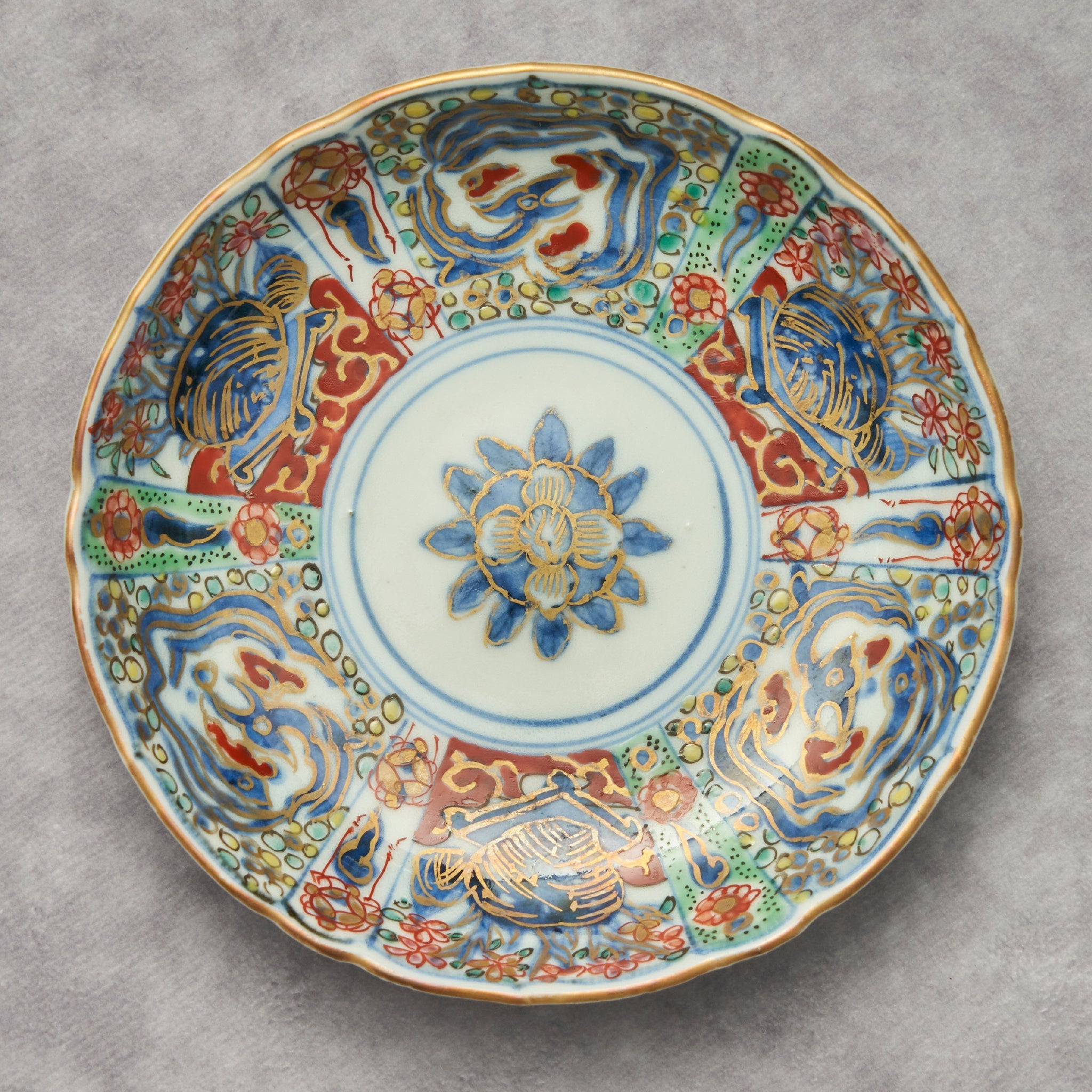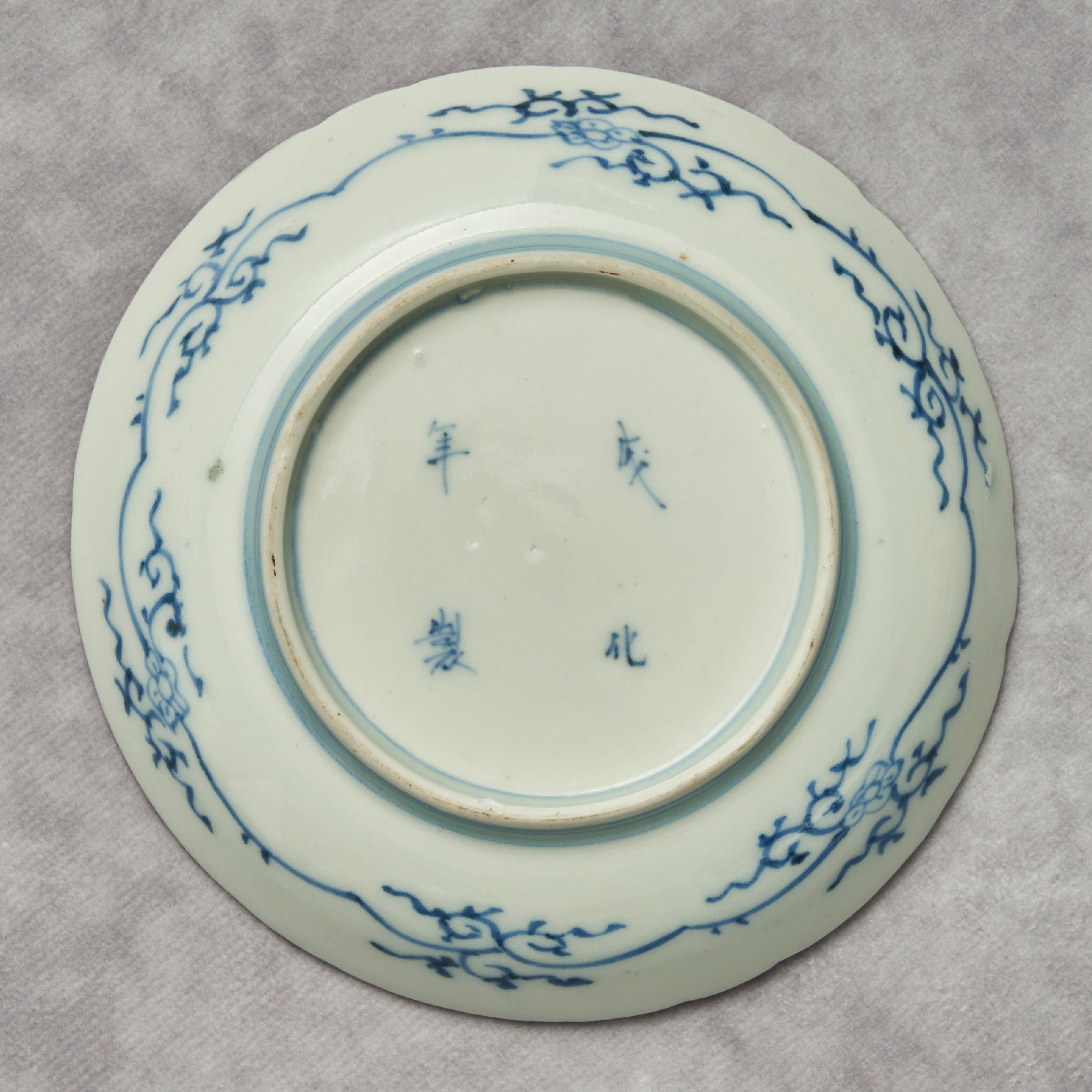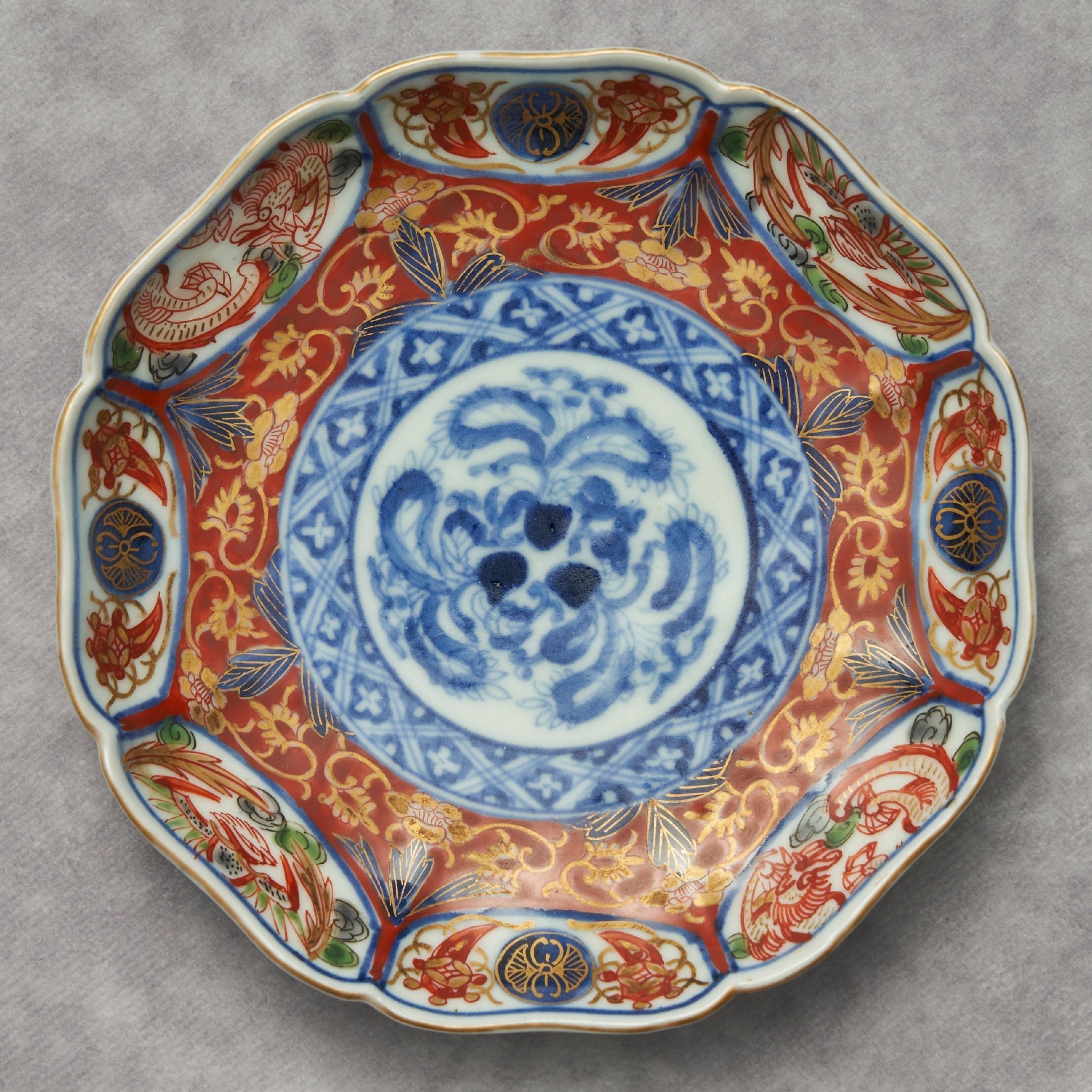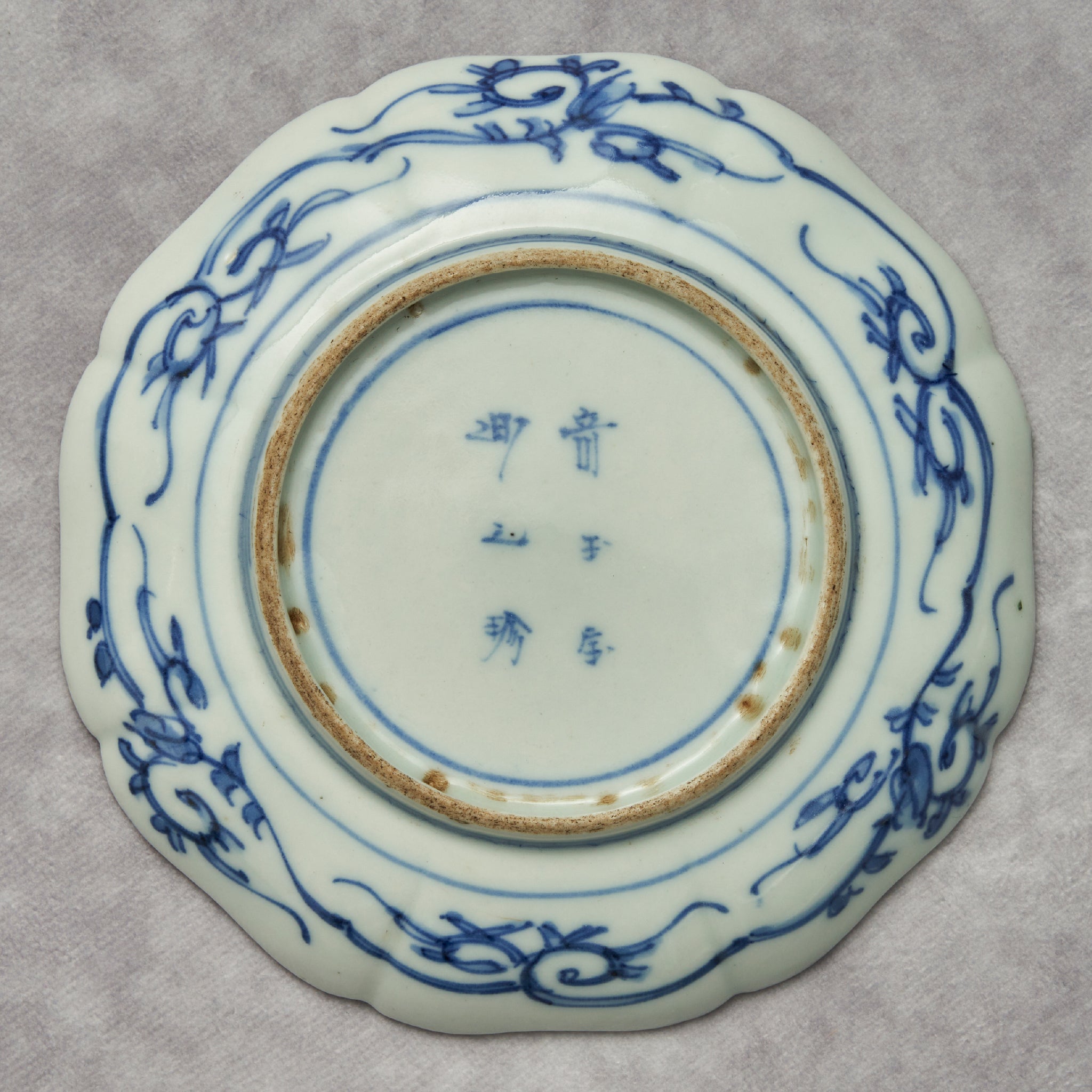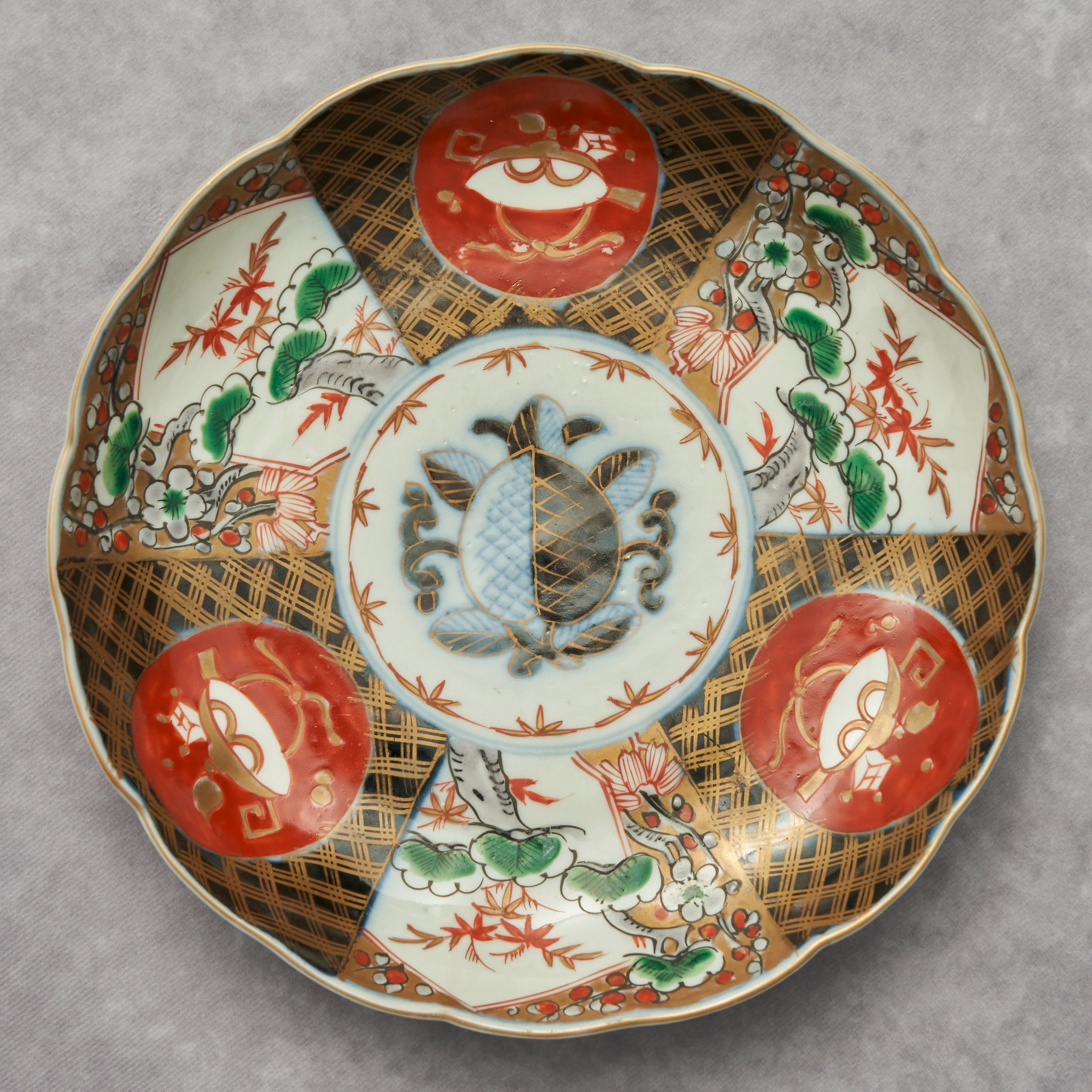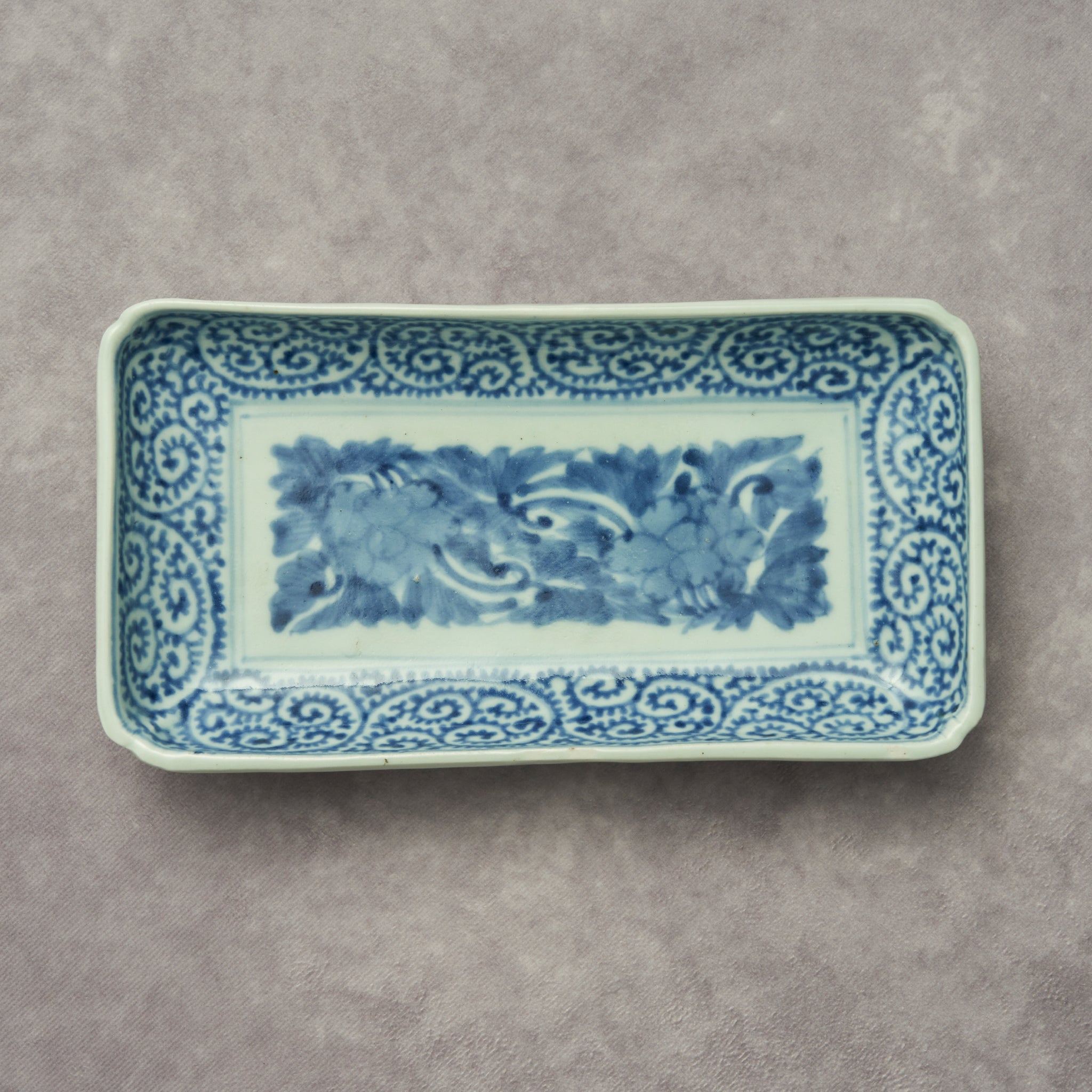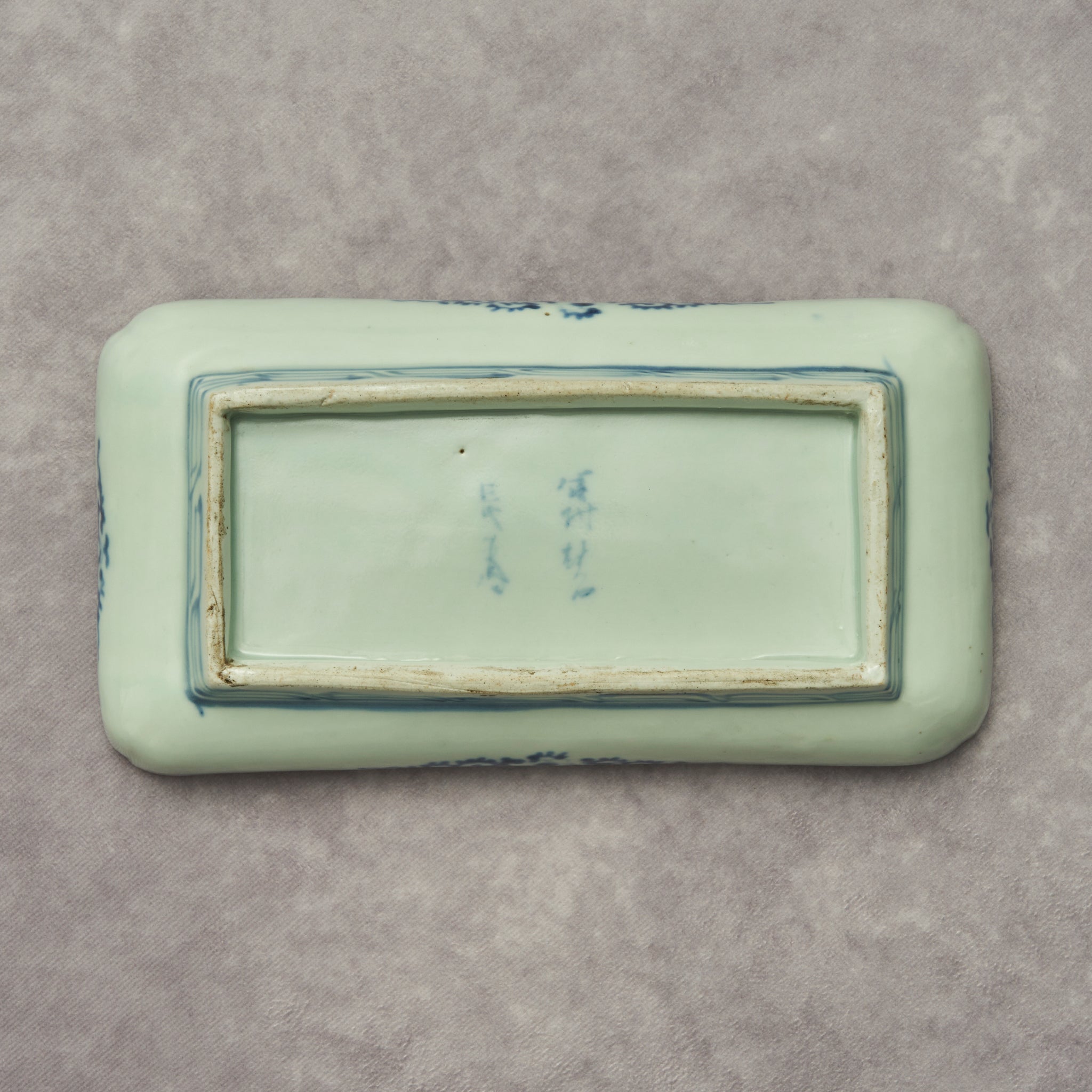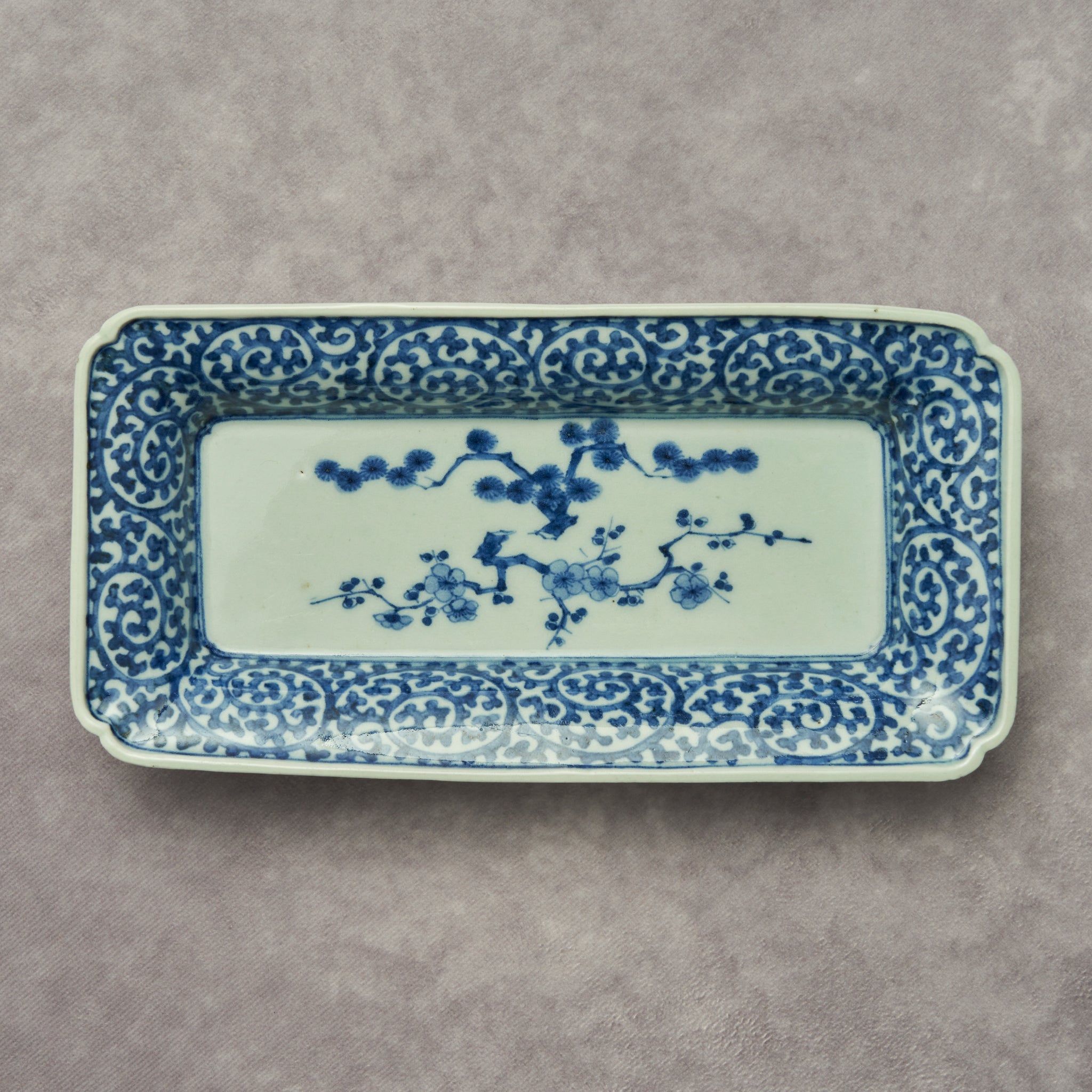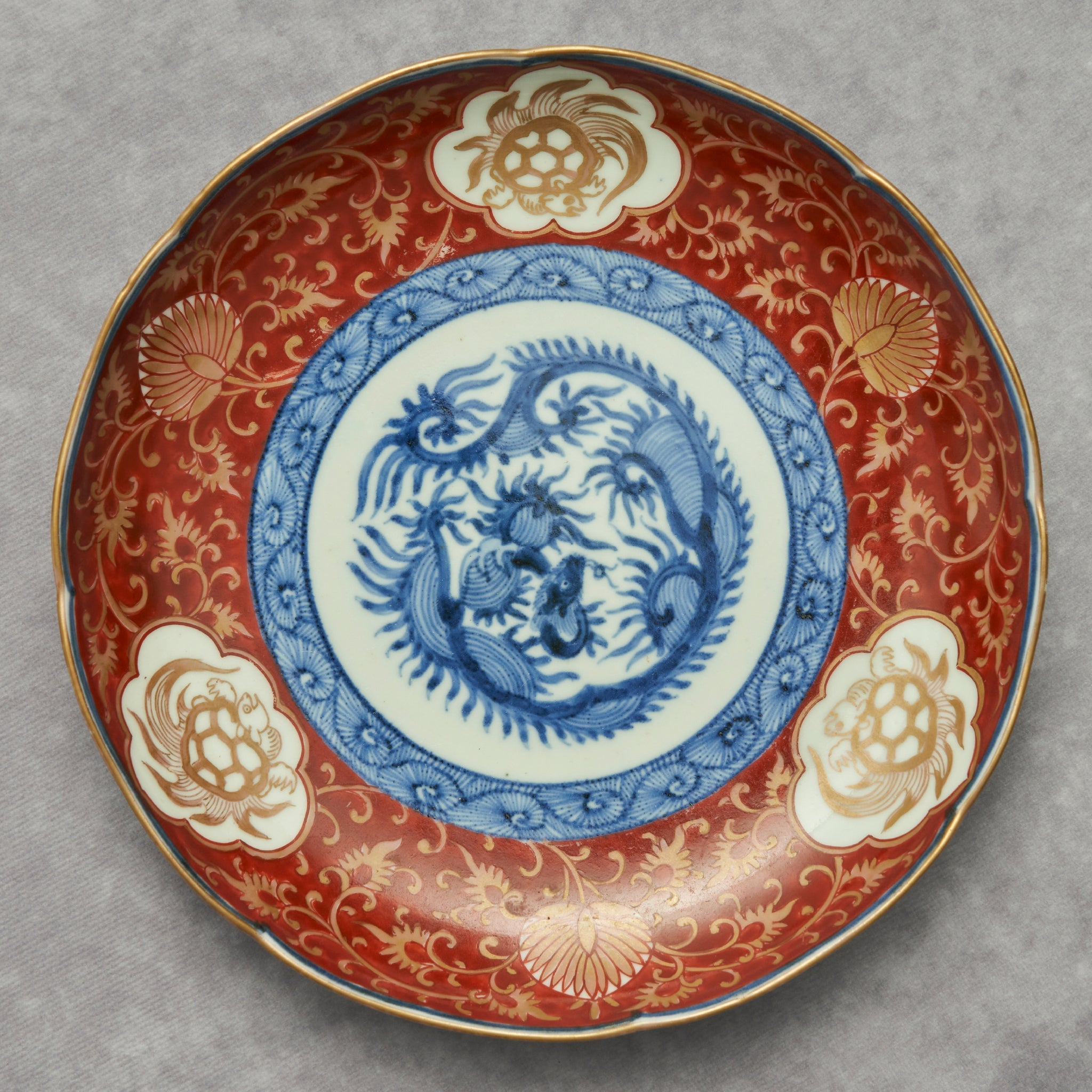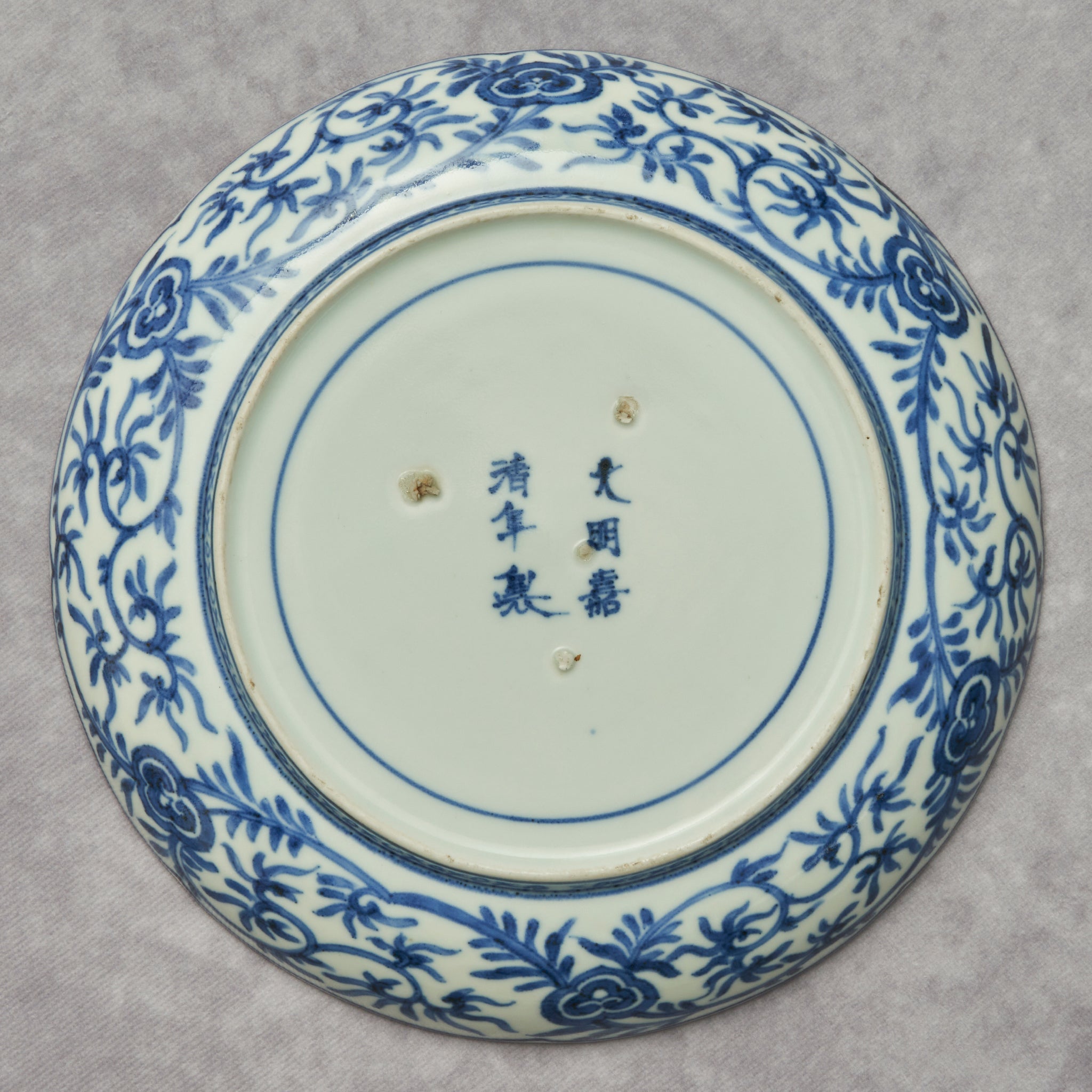Antique Japanese Porcelain
Timeless allure, quality that endures
In the 17th century and throughout the Edo period, Western aesthetics were transformed by the exceptional craftsmanship and artistry of Imari and Satsuma ware, and of ceramics from other regions of Japan. Porcelain brought to Europe by the Dutch East India Company was a revelation for aristocrats and artists alike, fostering new conceptions of beauty.
Far more than mere items of decoration, these creations speak to us of Japan's natural environment, its history and its culture.
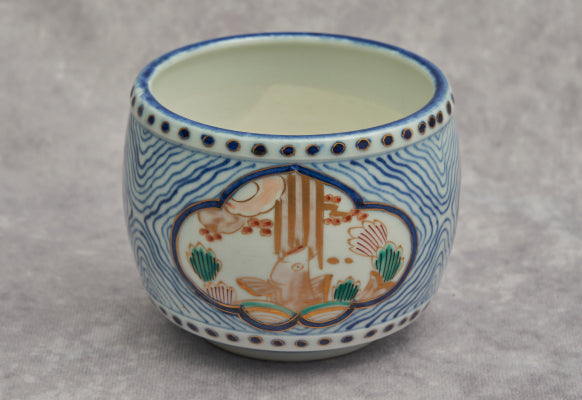
A crossroads of artistic exchange with Europe
Imari and Satsuma ware strongly influenced European porcelain production in the 18th century. Germany's Meissen ceramic makers were especially keen students of Japanese techniques and designs, becoming the first in Europe to produce high-quality hard-paste porcelain. The spread of such iconic ware as Blue-and-White deepened artistic interchange between Japan and Europe.
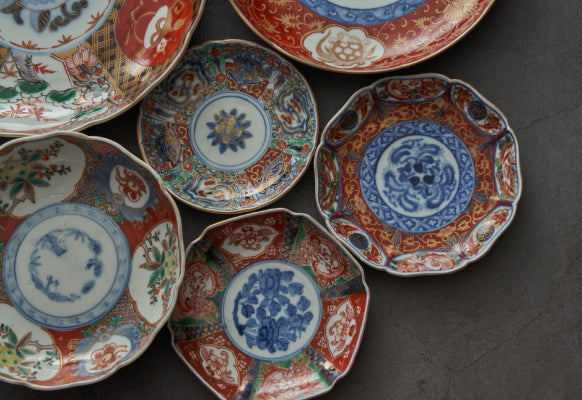
Evolving beauty
The value and beauty of Japanese ceramics deepen over time. Glazes and colors evolve in unique and subtle ways, enriching the individuality of each piece and bringing joy to its owner with the passage of years. Such changes reflect the Japanese aesthetic of impermanence and are valued highly on the European antique market.
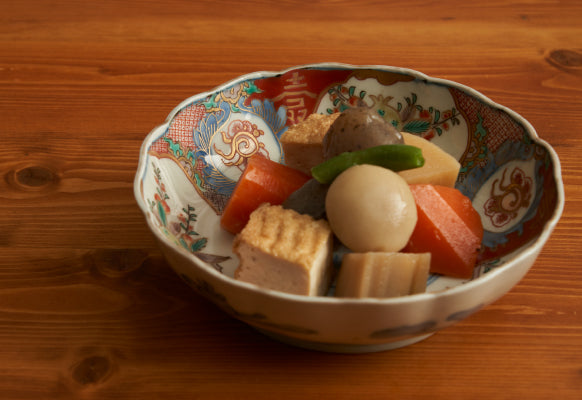
Bring the beauty of Japanese ceramics into your life
Japanese ceramics are more than art objects. They are a cultural heritage that transcends time. By owning them, we become a bridge to the future for Japanese aesthetics and history. Their luminous beauty compliments any setting and radiates a special presence.
Antique Japanese Porcelain


